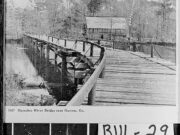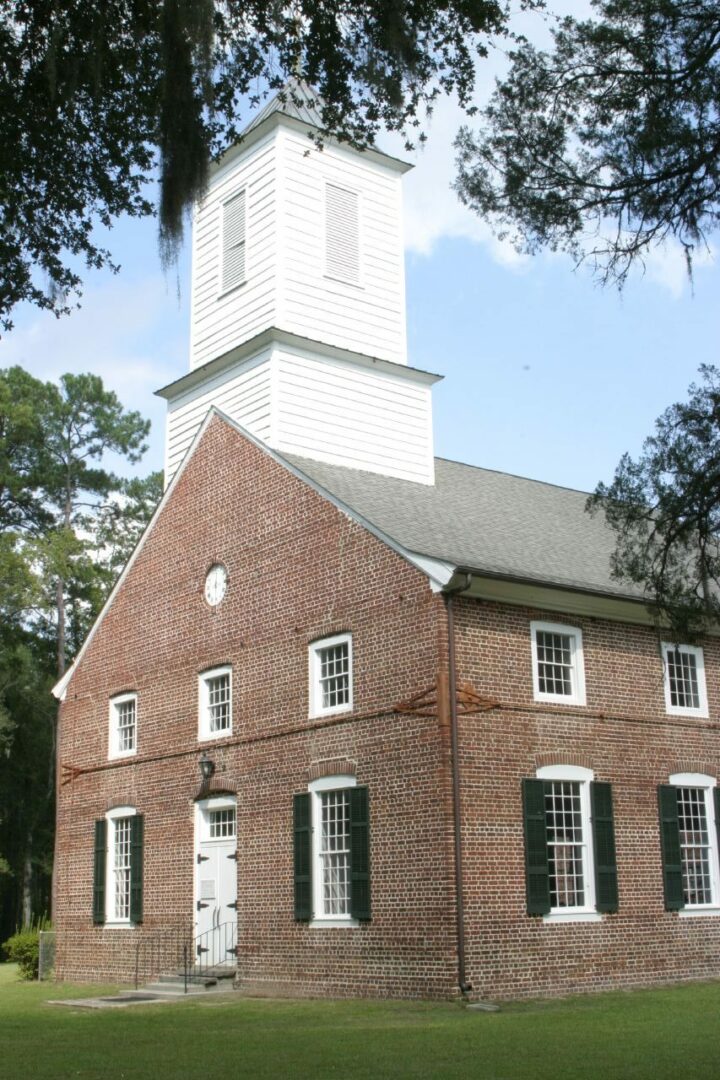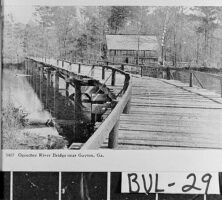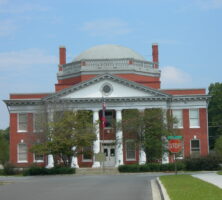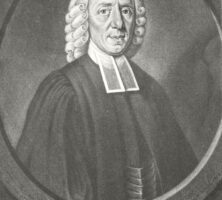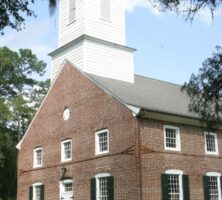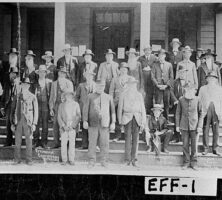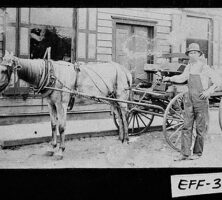Effingham County, on Georgia’s eastern border, is the fourth of the state’s eight original counties.
The first inhabitants were Creek Indians who lost their land when some of their leaders signed treaties with the English in 1733, 1735, and 1736. During the colonial period Georgia was divided into parishes, and in 1777 Effingham County, with an area of 479 square miles, was created from the parishes of St. Matthew and St. Philip. The county was named for Thomas Howard, the third earl of Effingham, who championed the cause of the colonies in the years leading to the American Revolution (1775-83).
Springfield, Effingham’s fourth county seat, was founded in 1799 and incorporated in 1838. In 2007 the old courthouse, built in 1908, was replaced by a new structure, the Effingham County Judicial Complex. Previous county seats were Tuckasee King (1784-87), Elberton (1787-97), and Ebenezer (1797-99). Tuckasee King was a river-landing community in the town of Clyo, and Elberton and Ebenezer are no longer active communities. Besides Springfield, other incorporated towns in the county are Guyton and Rincon.
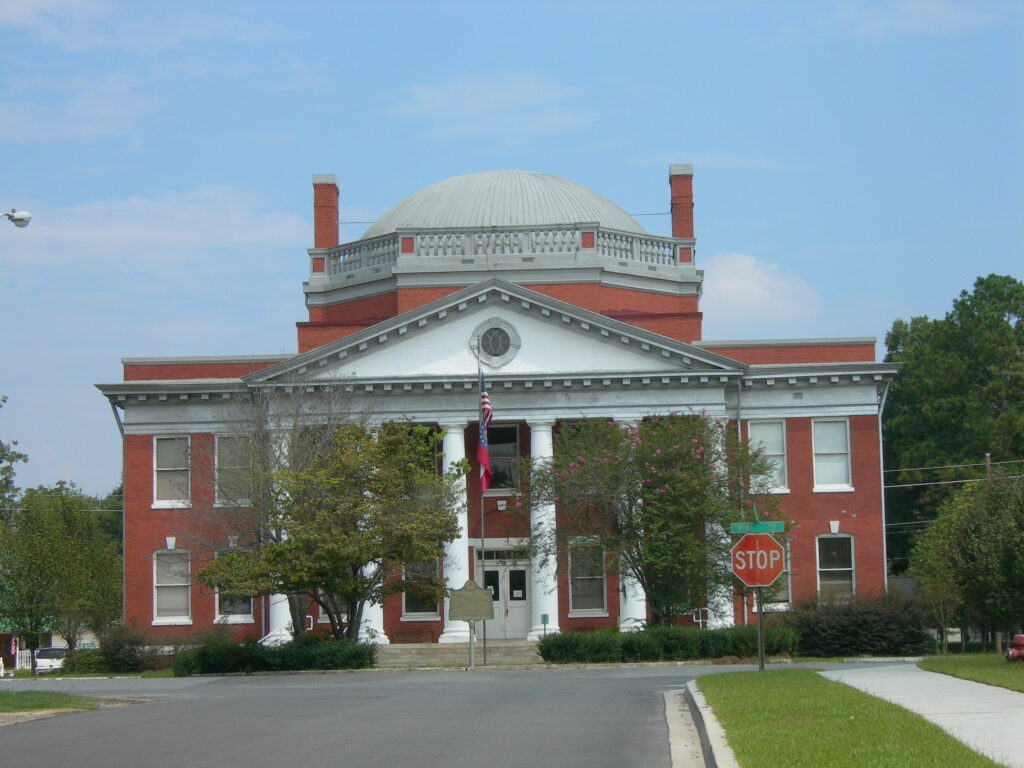
Religious Refuge
The first white settlers were Lutherans from Salzburg, Austria, who had been exiled to Augsburg, Germany, at the beginning of the eighteenth century. Attracted by offers of land and start-up funding from the Georgia Trustees, seventy-eight Salzburgers left Augsburg for Georgia under the leadership of their pastors, Johann Martin Boltzius and Israel Christian Gronau, as the “First Salzburger Transport.” When they arrived in 1734, General James Oglethorpe offered them a low-lying area about twenty-five miles from Savannah, on the frontier of English territory. Naming their new community Ebenezer, the Salzburgers lived there in great hardship, struggling to grow crops and often contracting disease in the swampy area. With Oglethorpe’s permission, the Salzburgers relocated two years later to a higher location on a ridge overlooking the Savannah River. Officially the new town retained the same name, but informally it became known as New Ebenezer.
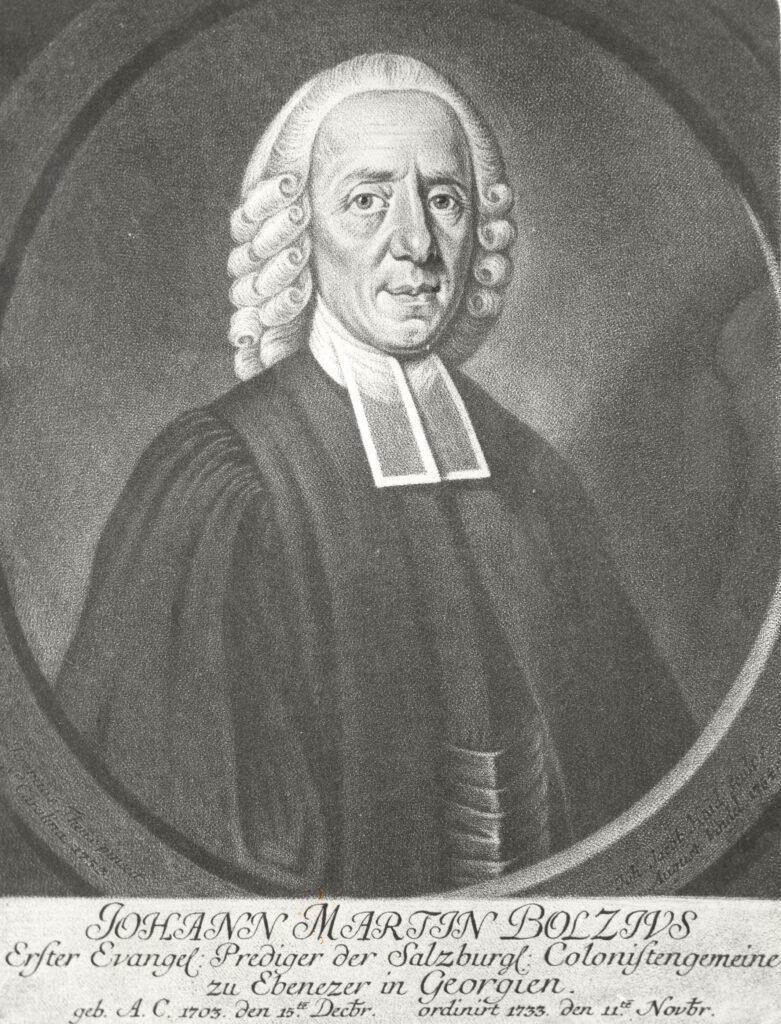
Within a few decades the Salzburgers occupied about twenty-five square miles in the county, establishing farms, gristmills, lumber mills, and a silk filature. In 1769 they built a red-brick church known as the Old Salzburger Church, or Jerusalem Church. The Salzburgers established the first Sunday school in Georgia in 1734 and the first orphanage in 1737, and theirs is the oldest continuing Lutheran congregation in America to worship in its original building. Other Salzburger settlements in Effingham County were Abercorn, Bethany, and Goshen. (Although Salzburgers did not found Abercorn, they began moving into the dying Scottish town in the 1740s.)
After the death of Boltzius in 1765, however, the group began to lose its cohesion, a process that was accelerated by the American Revolution. During the war the British occupied Ebenezer, converted Jerusalem Church into a hospital, set up taverns, and quartered their troops in Salzburger homes, making life for the settlers so unpleasant that many of them fled to the countryside. When they returned at the conclusion of the war, they found their homes and other buildings in ruins. Efforts to revive trade and industry were unsuccessful, and Ebenezer, Abercorn, and Goshen became ghost towns. Many descendants of the Salzburgers still live in Effingham County, however, and a number of them are active in the Georgia Salzburger Society, founded in 1925.
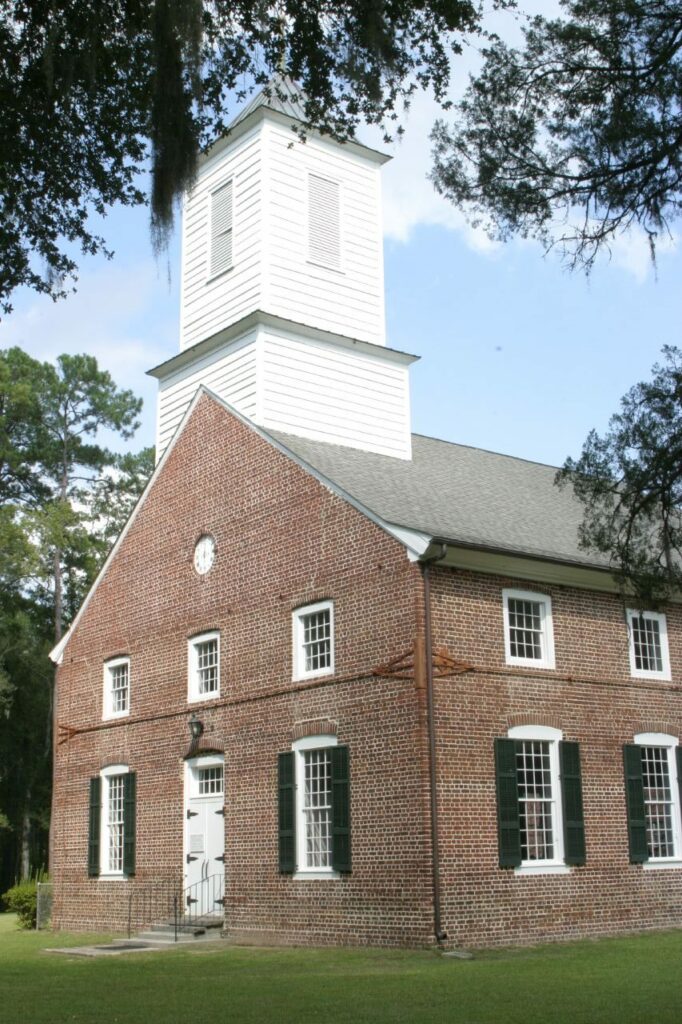
Hardship and Prosperity
The Civil War (1861-65) brought hardship when Union general William T. Sherman’s troops came through the county on their march to the sea in 1864. Some Union soldiers encamped on the Eden Road after passing through Springfield. Others occupied Jerusalem Church, using its picket fence and hymnals for fires and engaging in skirmishes on the grounds.
The county received its first economic boost in the late nineteenth century when railroads began laying tracks there. The city of Rincon originated in 1891, when the South Bound Railroad laid tracks from Savannah to Columbia, South Carolina, through the area. Residents catered to the needs of railroad workers and began to prosper. They built cotton gins, lumber mills, and turpentine stills. Rincon grew enough to warrant incorporation in 1927. Another boost came in the 1980s with the arrival of large companies and factories, contributing to a growth spurt that made Rincon the largest of Effingham County’s towns.
During the period of Rincon’s growth, Springfield experienced some hard times after the Civil War. First, the city lost some of its historic buildings to several fires between the late 1800s and the 1960s, but it has since renovated and restored many of those that remain. Once situated along the main county thoroughfare for automobile traffic, Springfield was forced to reinvent itself when the Highway 21 bypass was built in the late 1990s, thereby diverting thousands of cars from its business district. At the same time, several important county offices were moved to Rincon, driving many Springfield businesses to close. The town has taken measures to avert its demise by focusing on its history and promoting tourism and quality of life. In 2000 these efforts were rewarded by its being named a Georgia “Better Hometown.”
People and Places
Notable residents of Effingham County include John Adam Treutlen, Georgia’s first elected governor; Georgia superior court judge Richard H. Clark, who helped write the Georgia Code in the 1860s; and Herschel V. Jenkins, owner and publisher of the Savannah Morning News and Evening Press.
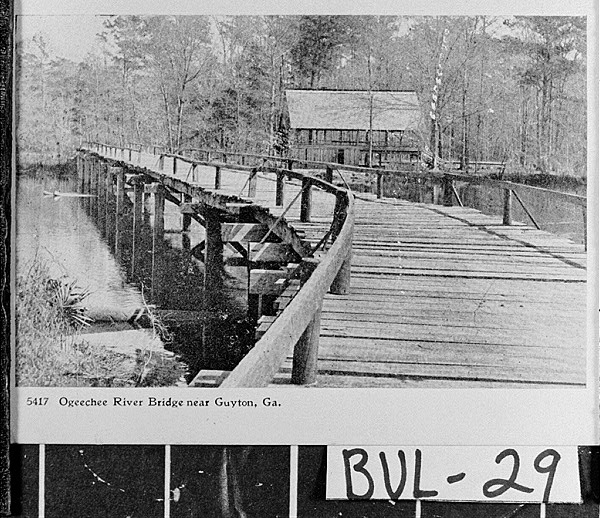
Among the places of interest are the Effingham Museum in Springfield; Ebenezer Townsite and Jerusalem Evangelical Lutheran Church; Guyton Historic District; Mossy Oak Music Park in Guyton; and Veterans Park.
According to the 2020 U.S. census, the population of Effingham County is 64,769, an increase from the 2010 population of 52,250.


